Bonus: Excerpts From Chinese Philosophy
Analects of Confucius (Kong Fuzi)
Special thanks to Professor Anne Kinney for giving permission to use her translation of the Han Feizi.
Analects of Confucius (Kong Fuzi)
Special thanks to Professor Anne Kinney for giving permission to use her translation of the Han Feizi.

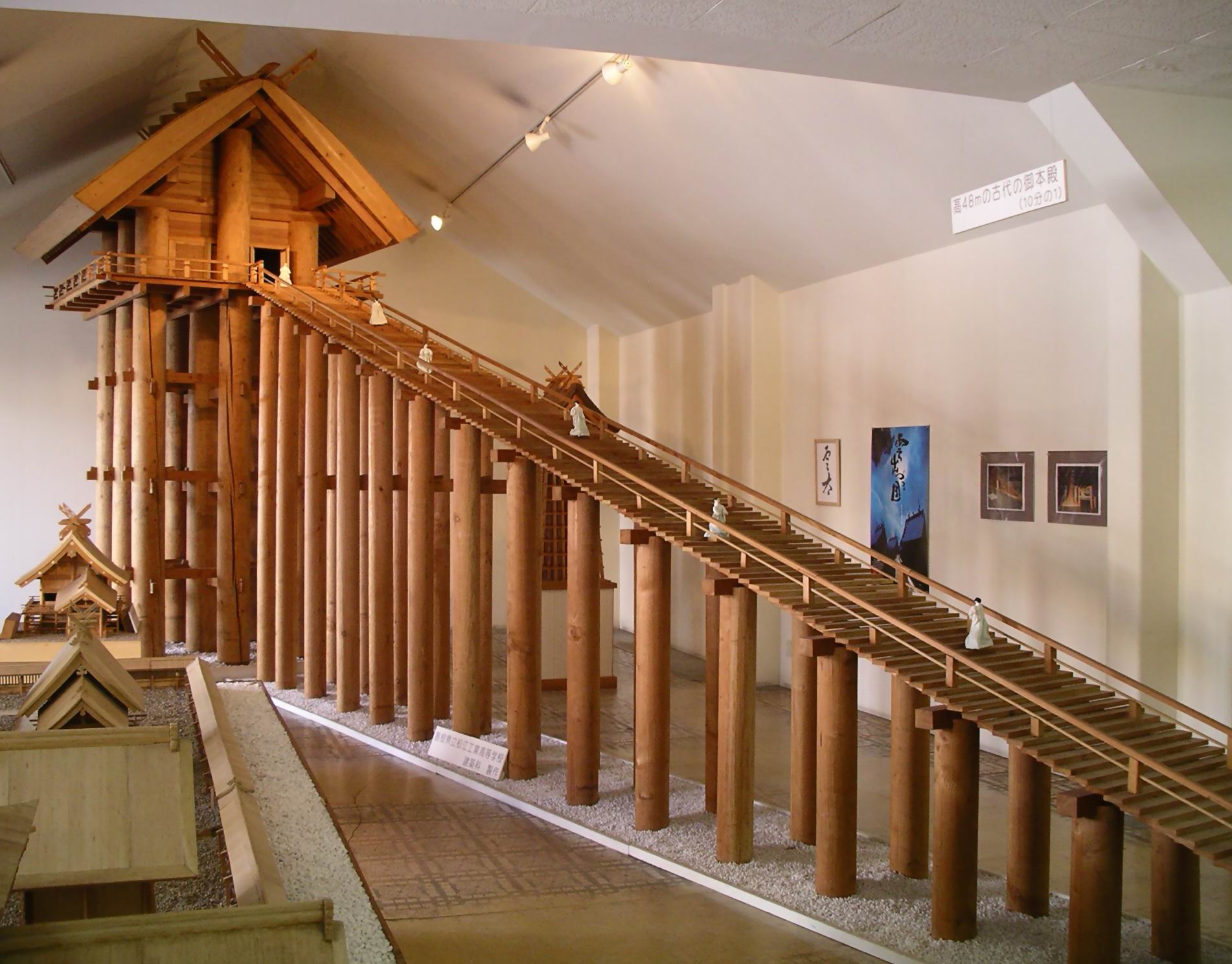
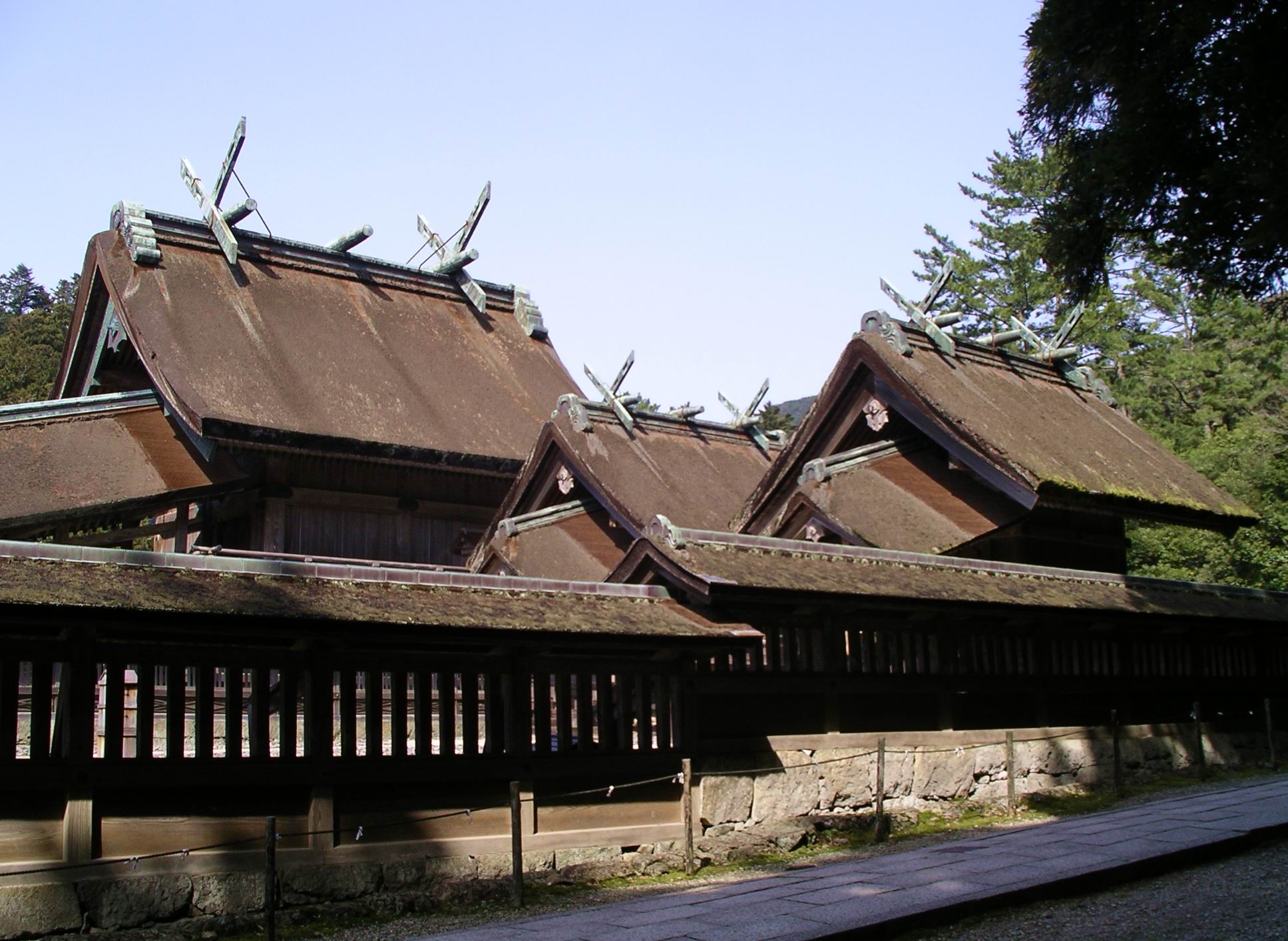




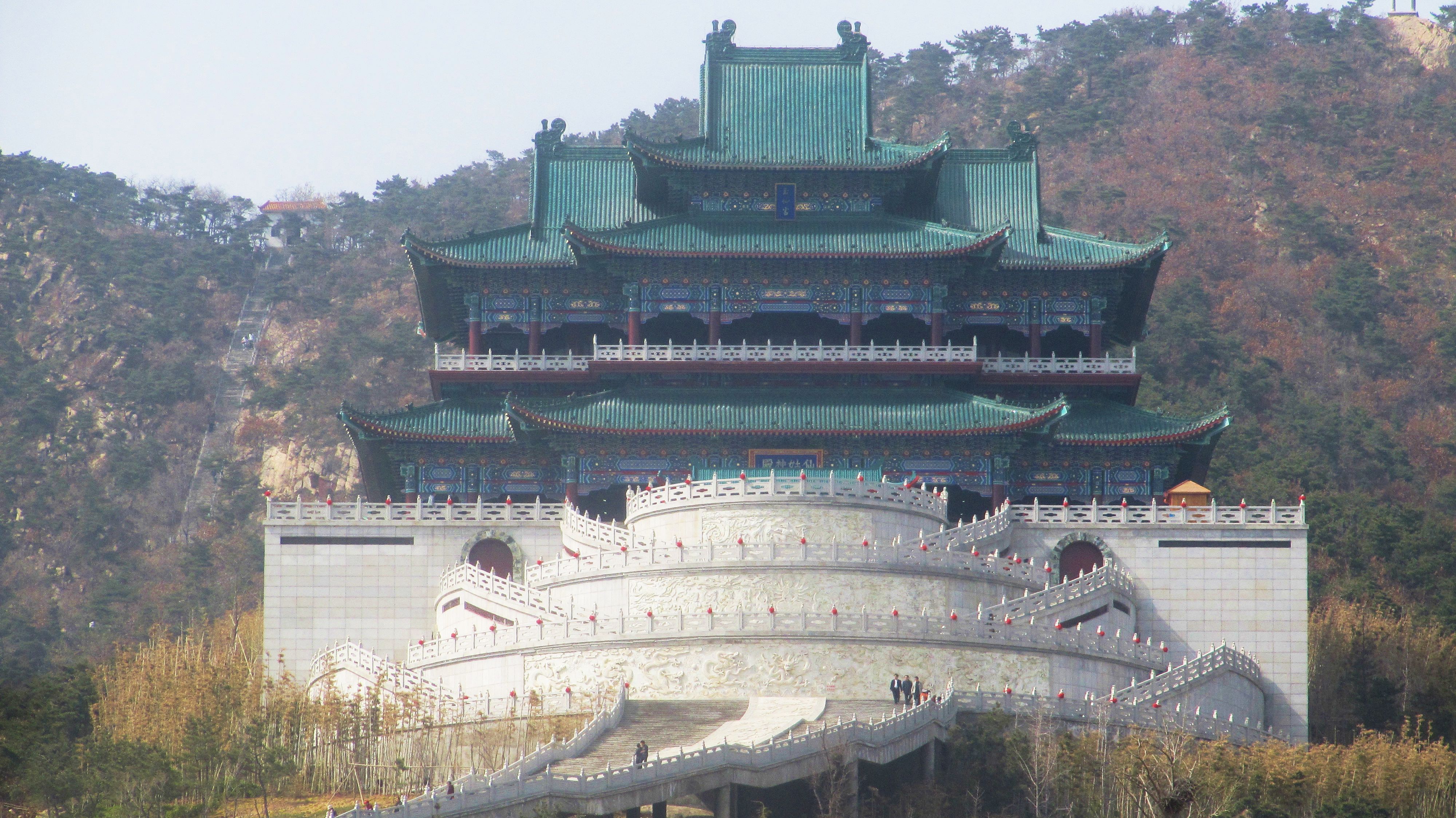
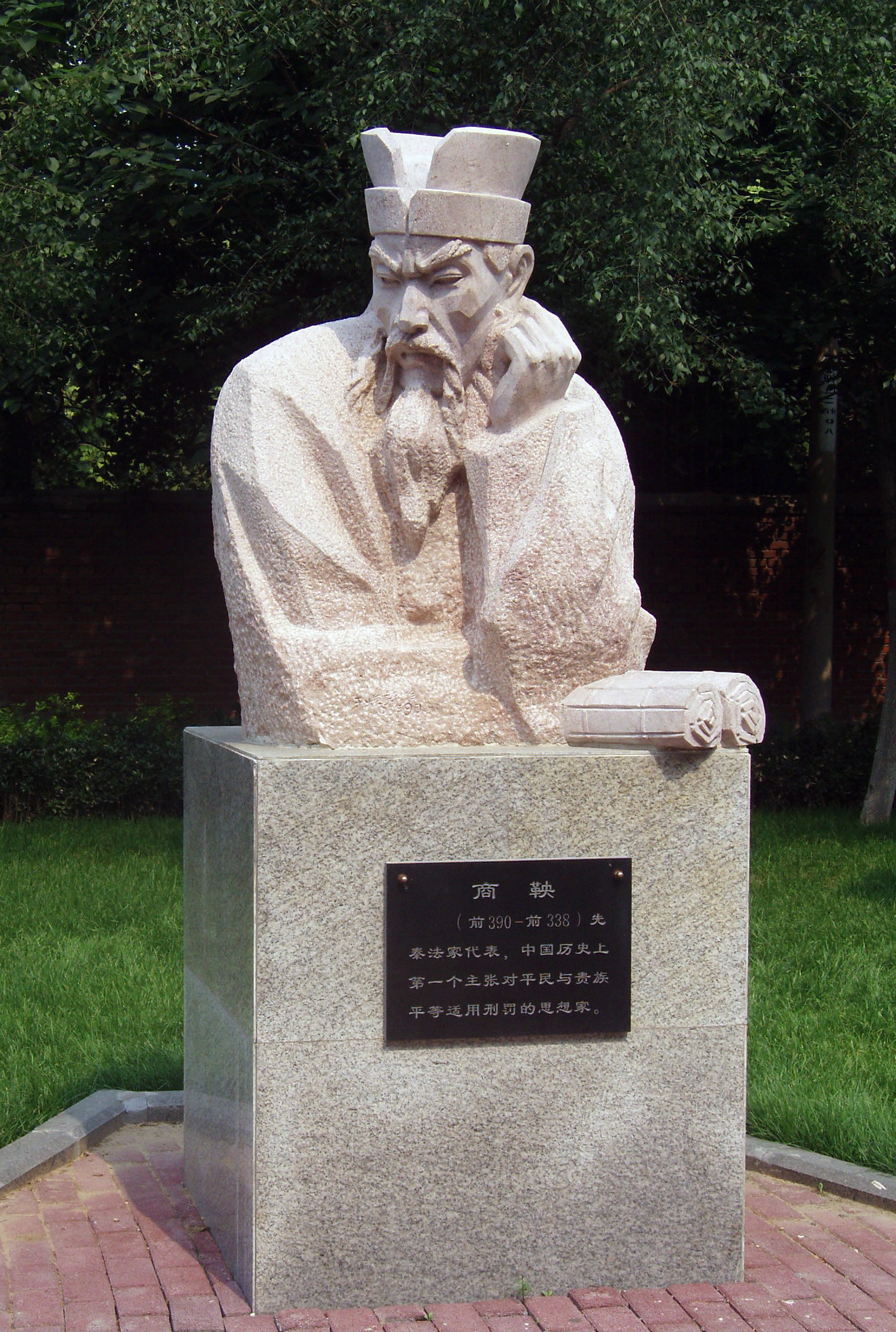







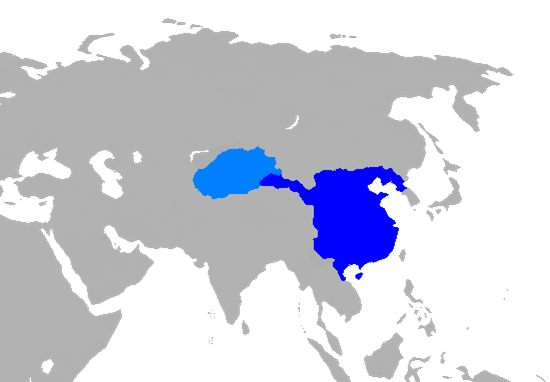


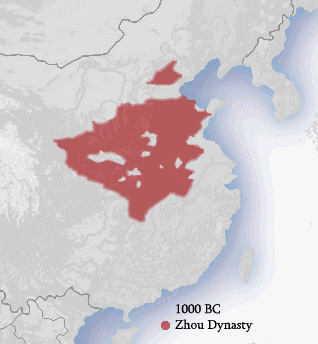

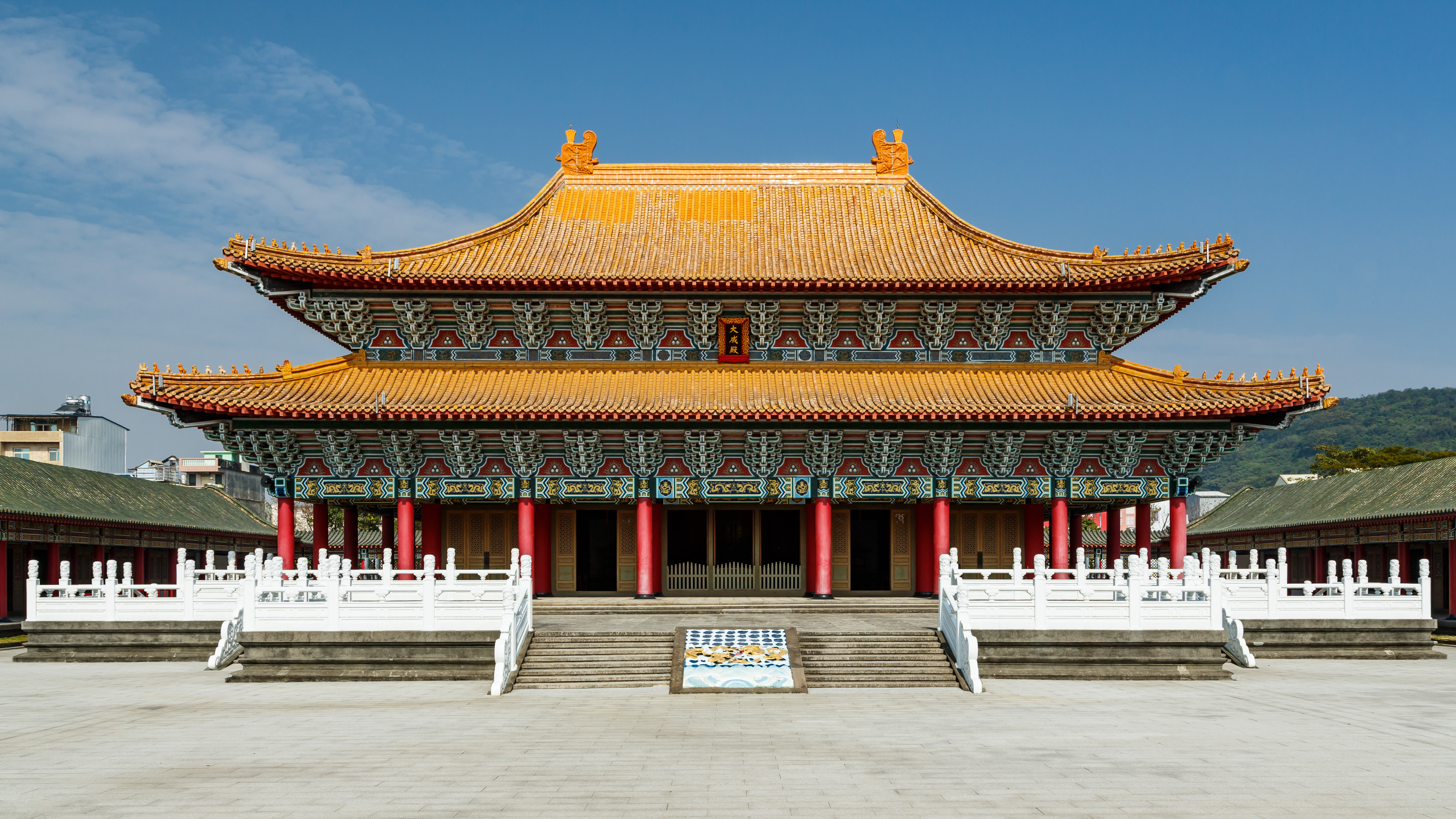
Recent Comments